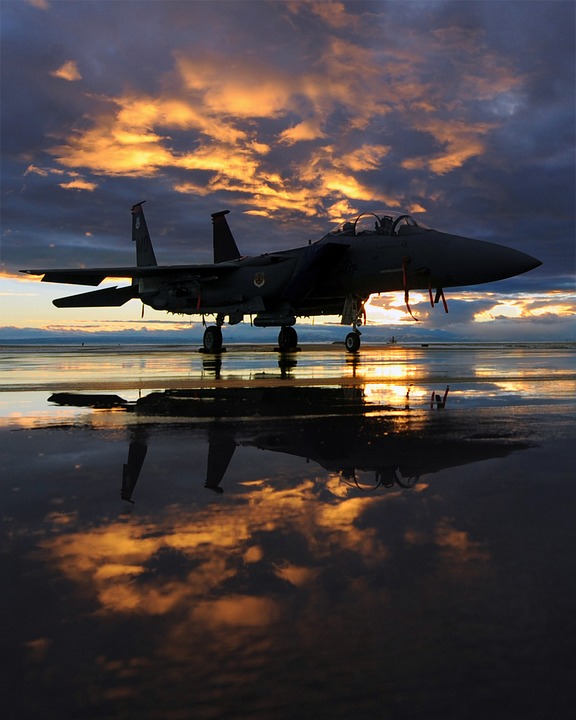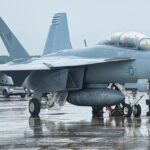Spatial Strategy: Understanding Air Force Tactical Planning
The United States Air Force operates on a number of key principles in order to effectively plan and execute tactical missions. One of the most important of these principles is spatial strategy, which involves understanding the geographic and spatial relationships between various elements in order to make decisions that can achieve mission success. In this article, we will delve into the concept of spatial strategy in Air Force tactical planning and explore its importance in military operations.
What is Spatial Strategy?
Spatial strategy is a term used to describe the process of understanding and utilizing the geographic and spatial relationships between various elements in order to achieve an objective. In the context of the Air Force, spatial strategy plays a crucial role in planning and executing tactical missions. This involves factors such as terrain, weather, enemy positions, and friendly forces, among others.
When planning a tactical mission, Air Force commanders must take into consideration the spatial relationships between these various elements in order to make decisions that can contribute to mission success. For example, understanding the terrain and weather conditions can help determine the best route for an aircraft to take in order to avoid detection by enemy radar systems.
The Importance of Spatial Strategy in Air Force Tactical Planning
Spatial strategy is essential in Air Force tactical planning for a number of reasons. Firstly, it allows commanders to make informed decisions based on a comprehensive understanding of the spatial relationships between various elements. This can help to ensure that tactical missions are carried out in the most effective and efficient manner possible.
Secondly, spatial strategy helps to minimize risk and increase the chances of mission success. By taking into consideration factors such as terrain, weather, and enemy positions, commanders can plan missions that are more likely to achieve the desired objective without encountering unnecessary obstacles.
Additionally, spatial strategy can help to enhance situational awareness among Air Force personnel. By understanding the spatial relationships between various elements, pilots and ground crews can better anticipate and react to changing conditions during a mission, thus increasing their ability to adapt to unforeseen circumstances.
Implementing Spatial Strategy in Air Force Tactical Planning
When implementing spatial strategy in Air Force tactical planning, commanders must first gather and analyze relevant information in order to develop a comprehensive understanding of the spatial relationships between various elements. This may involve conducting reconnaissance missions, analyzing maps and satellite imagery, and consulting with intelligence agencies.
Once this information has been gathered and analyzed, commanders can begin to develop a spatial strategy that takes into consideration factors such as terrain, weather, enemy positions, and friendly forces. This may involve determining the best route for an aircraft to take, identifying potential landing zones, or selecting targets for air strikes.
Throughout the planning and execution of a tactical mission, commanders must continuously assess and adapt their spatial strategy in order to respond to changing conditions. This may involve adjusting flight paths in response to enemy activity, changing targets based on new intelligence, or rerouting aircraft to avoid adverse weather conditions.
In conclusion, spatial strategy plays a vital role in Air Force tactical planning by helping commanders to understand and utilize the geographic and spatial relationships between various elements in order to achieve mission success. By implementing spatial strategy effectively, commanders can minimize risk, increase situational awareness, and improve the likelihood of achieving the desired objective.


